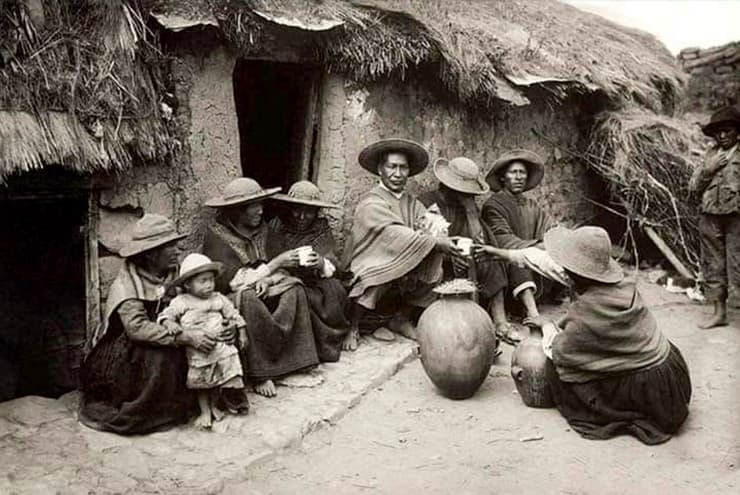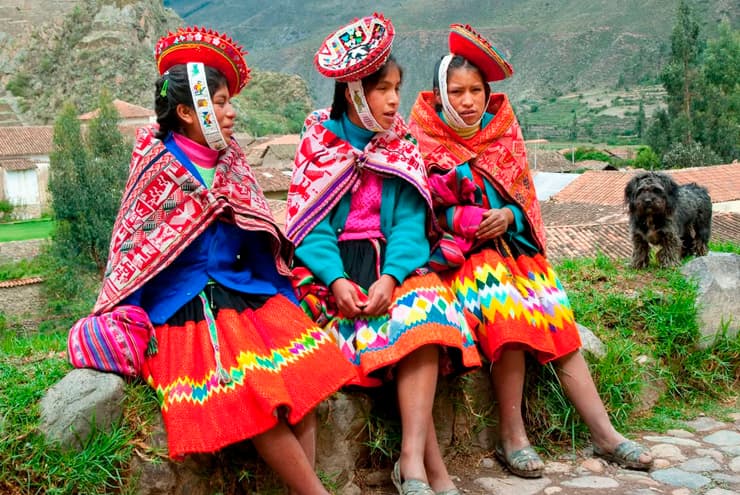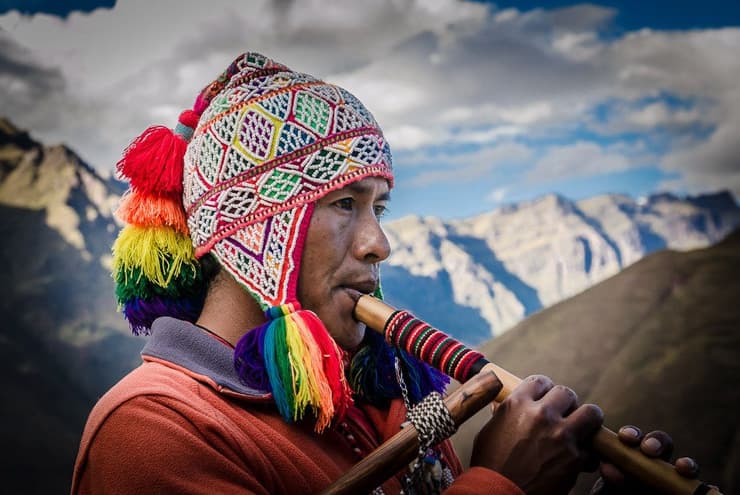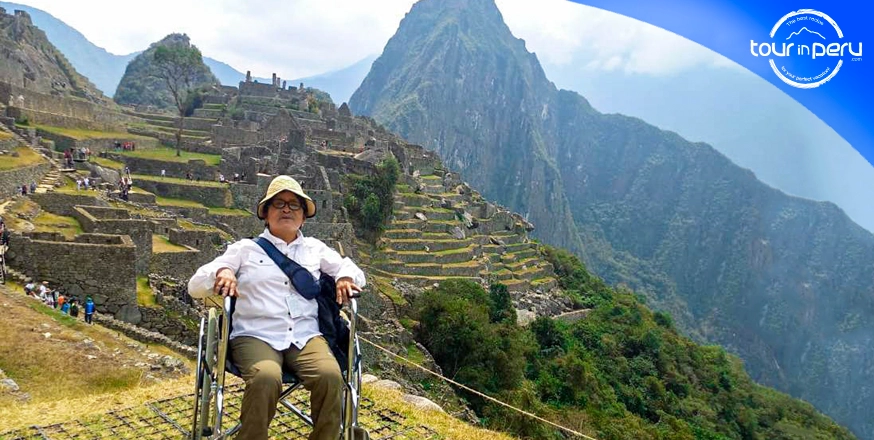Table of Contents
Is Quechua a language or a people? It’s actually both.
A Brief History
Some have surmised that the Quechua are the descendants of the Incas. There is some truth to that — the Incas were a Quechua ethnic group. But the history of the Quechua people predates the rise of the Inca Empire. Their history also continued long after the empire’s fall.
The language of the Quechua spread far and wide. You’ll hear it spoken among several different groups of people. The Chanca people of Ayacucho, the Cañari of Ecuador, and the Qulla of Bolivia.
The existence of both the Quechua language and people is astounding when you consider the determination of European invaders to wipe them out. It’s estimated that 95% of the native peoples of Latin America were decimated by invaders. Those that survived the cruel hand of war were either brought under the yoke of slavery or succumbed to the new, strange diseases that the Europeans brought with them.
Not until after four hundred years did the population of Latin America match the numbers before the invasion.
The Quechua are still with us, as is their language and their traditions. This bespeaks a remarkable will to survive.

The Quechua Language
Is the Quechua that you hear in Peru the same Quechua that was spoken in the Inca Empire? It’s true that Quechua was the official tongue of the empire, but it’s not likely that an ancient Inca ruler could visit modern-day Peru and understand the people.
In fact, Quechua-speaking people from different regions can’t even understand each other today. There are some similar characteristics in the dialects where they are spoken, but they are largely unintelligible to each other. However, the different forms of Quechua spoken today all stemmed from a root language likely formed over 2,000 years ago.
So today, Quechua encompasses a family of languages rather than just one.
Quechua dominates Peru while incorporating some of the other languages that have been spoken alongside it. For example, the Quechua spoken in Latin America features some words taken straight from Spanish.

Quechua Clothing
The colorful clothing worn by today’s Quechua people owes its existence to the wool of llamas, sheep, and alpacas. The bright colors and patterns have become a central image in how Peru markets itself to the rest of the world as a tourist destination.
But these clothes are more than just pretty colors and designs. Legends and lore of both the Quechua and local places are found in the images woven into the clothing. Hats, coats, scarves, ponchos, and other articles are often visual storybooks of the places they were made in.

The Music of The Quechua
The music that comes with Quechuan culture, both past, and present, is very enjoyable. If you’ve ever enjoyed Andean flute music, there’s a high likelihood that it was Quechuan in origin.
But the music is also keeping with the times. Popular musical styles are being merged with Quechuan music, such as rap and reggaeton. Renata Flores Rivera has been hailed as the Queen of Quechuan Rap.
You can probably tell that Quechuan culture is more than just a language or a style of clothing: It is an experience. It’s a feast for the eyes… and the ears… and the stomach.

You can learn a lot by reading about it here, but you’ll get so much more by booking a trip with TOUR IN PERU to visit Machu Picchu and experience Quechuan music, crafts, and cuisine for yourself.







